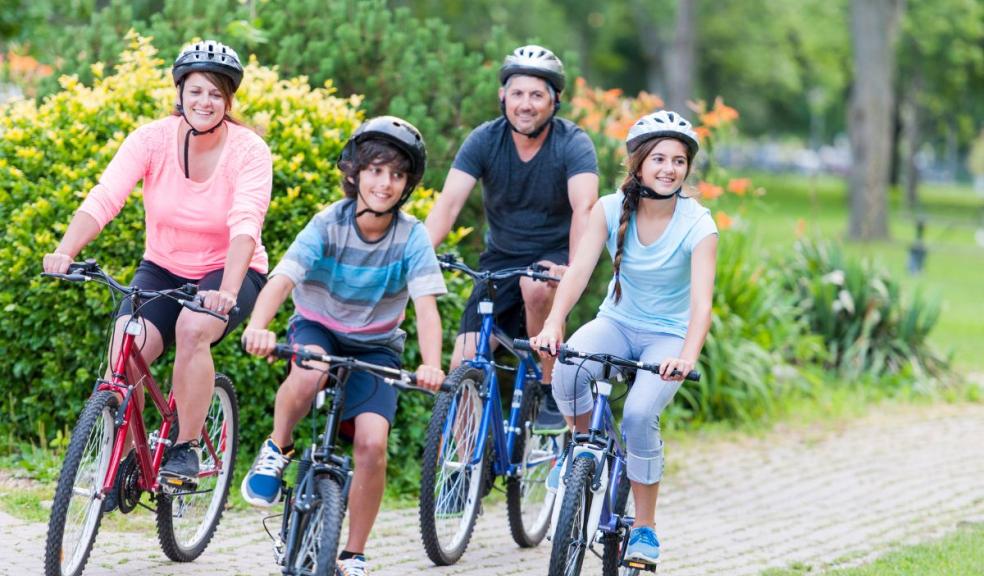
Introducing BTR Suburban Communities by Andrew Jones, Group Director, Corporate Lettings & Build to Rent, Leaders Romans Group (LRG)
In the past 10 years, the Build to Rent (BTR) sector has grown exponentially: the British Property Federation (BPF)’s Build to Rent Q1 2022 report reveals that the number of completed BTR homes rose by 19% during 2021, reaching a new high of 72,668 units per annum.
Earlier iterations of the BTR model were designed to appeal primarily to Gen Z and Millennial cohorts, which currently account for approximately 80% of its customer base. BTR tenants are mostly professionals: according to the BPF’s analysis of BTR occupancy in London, 25% work in the financial services sector and accordingly, BTR has traditionally been clustered in cities.
But while BTR started in urban areas, regional growth has now surpassed that of the Capital. The BPF’s Build to Rent Q1 2022 analysis found that whereas 5,802 completed BTR homes were in London, 5,901 were in the regions. Regional BTR grew 16% year-on-year, to reach 58% of the total BTR sector pipeline; London, meanwhile, lags behind slightly with 12% year-on-year sector growth and 42% of the total pipeline.
This fast-emerging form of Build to Rent (BTR), has, to date, been known interchangeably as ‘suburban BTR’ or ‘Single Family Housing’ (SFH).
But having thoroughly researched the topic and consulted with experts from various disciplines from across Leaders Romans Group, LRG has coined the term ‘BTR suburban communities’.
We believe that this description best depicts this new offer: family homes, located outside urban areas, which despite being individual units, maintain the strong sense of community which made BTR such a success. Other intrinsic values of traditional BTR are continued in BTR suburban communities – including high levels of service, flexible tenancies and a focus on sustainability. At the same time, these communities provide something very different, accommodating Millennials (BTR’s original target market) as they move into their next stage in life.
So what is the future BTR suburban community and how does it differ from a standard housing development?
A BTR suburban community offers much more than just a new house. It’s a community in which an individual or family occupies a house, one which can be made their own - but could be swapped for another as the family’s needs change: rather than building an extension, the family could simply move to a larger house; if they developed an interest in gardening, they could move to a house with more outside space; as empty-nesters, they could move again – with each move being free from the complications of buying and selling.
In some cases, homes within BTR suburban communities will be finished and furnished, leaving the new occupier nothing to do but to switch on the broadband and make themselves at home.
Typically a BTR suburban community offers 24/7 security, all-inclusive bills and a range of additional services such as cleaning, gardening and even dog-walking. Some are powered by a district heating system, using clean, renewable energy and removing the need for a boiler – or even an energy bill. Future proofed, each home will provide an EV charging point.
The range of services typically available on such developments might include a cinema, a BBQ area, a residents’ lounge, or perhaps a dining or party suite. With a concierge to oversee and arrange repairs, maintenance and deliveries, also dry cleaning, childcare arrangements and even a ‘library of things’ to save the inconvenience and expense of one-off purchases, BTR suburban communities are centred around convenience.
Like traditional BTR, BTR suburban communities prioritise health and wellbeing, supporting active travel in the form of bike hire/storage, access to good public transport links and car clubs. They might also provide outdoor spaces for exercise and recreation, a gym, exercise studio or pool. And they typically support remote working though co-working spaces with meeting rooms, and of course, superfast broadband.
Administration is simple and accountable, with flexible leases, predictable rents, secure tenancies and moves free of fees and other costs. The entire experience is managed with simplicity, with technology for those who wish to use it and a friendly concierge for those who do not.
BTR has only just celebrated its tenth birthday. But spanning property and service sectors, urban and rural locations and appealing to every demographic group, BTR has already come of age.
So is the rapid reinvention complete, or will BTR continue to advance in its second decade? Leaders Romans Group’s White Paper, BTR suburban communities: the next stage in the evolution of BTR would suggest that BTR has significant unresolved potential, especially as it moves beyond its traditional city base, attracting substantial interest from investors, presenting opportunities for developers to diversify, and appealing to an almost unlimited market. Add to this the trends towards both renting and counter-urbanisation, and a political will to ‘professionalise’ the private rented sector, and considerable new opportunities present themselves.
Download Leaders Romans Group’s White Paper: https://marketing.lrg.co.uk/btr-suburban-communities-white-paper.









